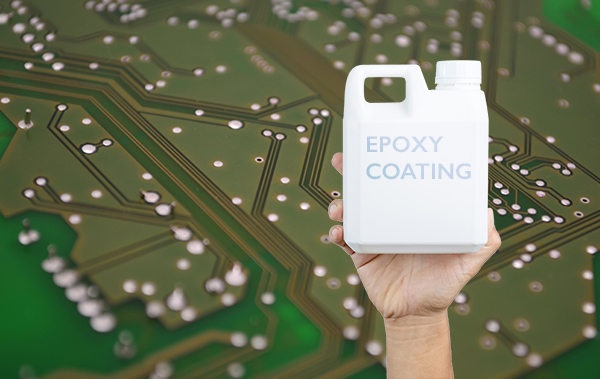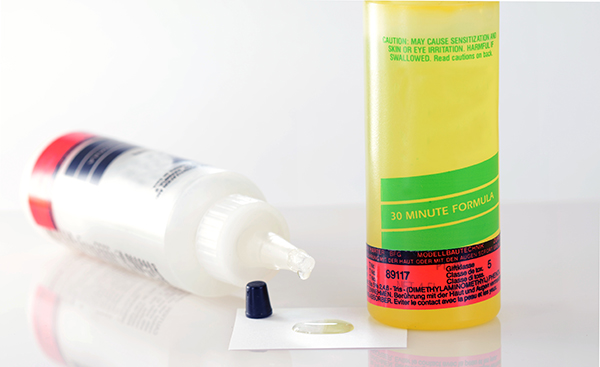Epoxy Conformal Coating Services for Electronics

Mallory McGuinness | May 21, 2020
Conformal coatings are polymeric materials applied to substrates. These films are a barrier to protect electronics from environmental hazards, such as corrosion, humidity, chemicals, and liquids. Popular conformal coating materials include silicone, acrylic, Parylene, and urethane. Epoxy is another coating material of choice in applications where chemical and abrasion resistance are priorities.
What is Epoxy Conformal Coating?
Epoxy coatings are protective layers with excellent electrical, thermal, mechanical, and moisture barrier properties.
Epoxy coatings have the following attributes:
- Very robust, difficult to remove the protective coating
- Excellent chemical and abrasion resistance
- Very rigid conformal coating
- High dielectric strength
Epoxy Conformal Coating Applications
Epoxies are highly abrasion resistant and tough and, therefore, common in applications with harsh environments, including automotive, marine, and military. Different types of epoxies have different benefits as well. For example, thermally conductive epoxy can protect boards with components that give off heat. Meanwhile, flame retardant epoxy is useful for fire hazard protection, and clear epoxy allows for visualization of the board.

Each type of conformal coating offers a different set of advantages and disadvantages to consider.
What Does Epoxy Conformal Coating Protect Against?
Epoxy conformal coatings resist chemicals, alkalis and acids, moisture, organic solvent, and salt spray. They are known for excellent adhesion to various substrates without needing primers and retain adhesion under many conditions. Additionally, they have good electrical characteristics, and these parameters remain stable despite humidity or elevated temperature.
The Epoxy Conformal Coating Process
Applying epoxies with dip coating, brush, or spray application techniques is easy. With dip coating, a component is immersed in a tank of coating material, while brushing entails manual application by an operator. The spraying method can be automated or manual, depending on production needs. Epoxy materials come as either a single or two-part compound and require curing with UV or heat exposure.
Why Choose Epoxy Conformal Coating to Protect Your Electronic Devices?
Epoxies are a common coating material choice due to their strong barrier properties, ease of processing, and low cost. That said, the toughness and durability of epoxy coating may pose challenges with rework and removal. Film shrinkage may occur during polymerization, potentially causing issues, and the suggested thickness for epoxy coatings can reach up to 130 micrometers. This thickness may prove too bulky for applications that entail miniaturization.
Understanding material properties and how they meet your requirements is a good start if you are trying to determine which coating material is best for your PCB. However, other factors must be considered, including masking, cleaning, inspection, scalability, coating removal, and avoiding and addressing defects. For a big-picture view, you can read our guide to choosing the best coating or learn more about coatings’ protection capabilities. Alternatively, please contact us to speak to a coating service expert about your application one-on-one.
The conformal coating process is an essential factor to consider when selecting appropriate device protection.
Mallory McGuinness

 Ryan Moore
Ryan Moore
Ryan is a 9-year veteran to the world of protecting electronics from harsh environments and a lover of all things technology.
Related
Discover how HZO can protect your product
